Naturally, not all the land in Madagascar is fertile and well suited for farming. The southern part of Madagascar is arid and stony. It is therefore even more disturbing to see that the natural vegetation here has been supplanted by farming and other human land use, leaving the land open to soil degradation and erosion.

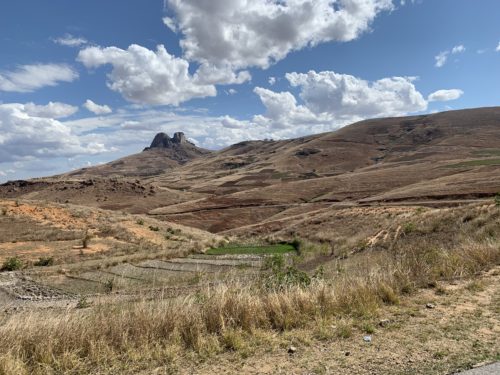
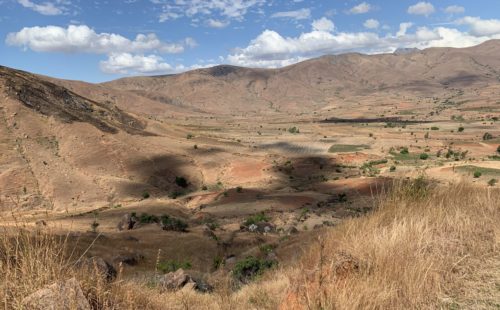
However, it is not just this part of the country that has issues with deforestation and erosion; the problem is everywhere. Previously, 80 percent of Madagascar was covered by forest.
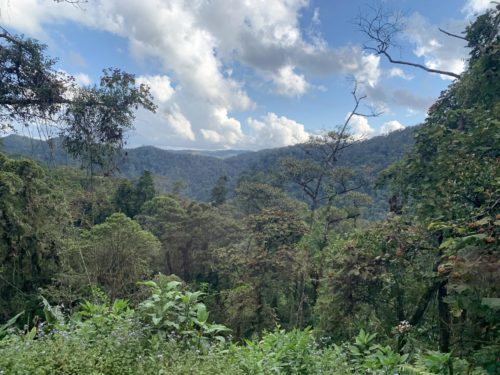
This is what an untouched rainforest looks like.
Now only 16 percent is covered by forest. The rest has been laid bare in order to farm crops, graze, harvest wood for fuel, produce charcoal for fuel or produce bricks from the soil. Everywhere you look, you can see bare mountainsides and smoke rising from new areas being cleared.
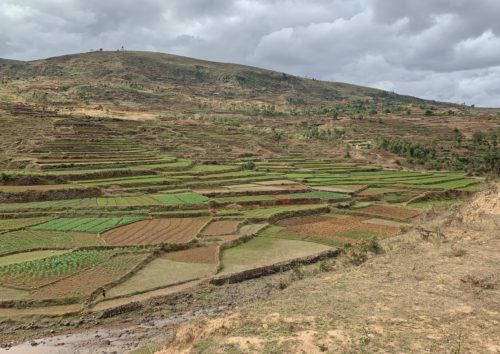
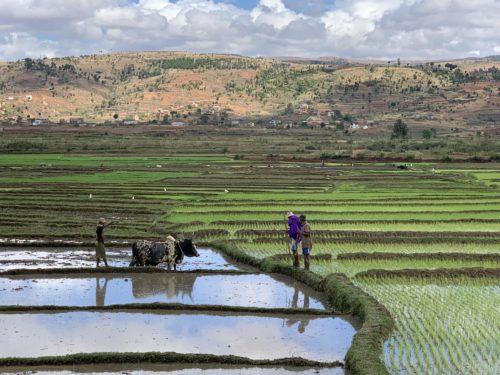
Well tended fields look nice and produce necessary food, but in the background you can see how the mountains are deforested and laid bare to erosion.
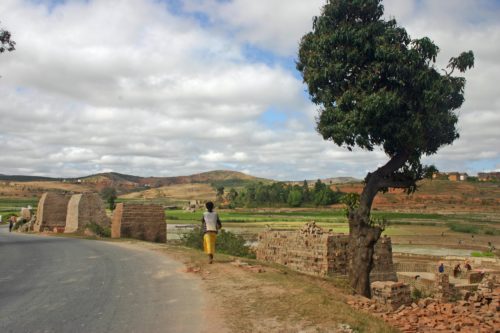
The heavy clay soil is also used for making bricks.
Trees produce oxygen, store CO2, hold on to the soil and are home to a wide range of plant and animal species. Without trees, the soil in hilly Madagascar washes into the rivers when it rains. The result is quite clear: brown, muddied waters that are not conducive to fish or plant life…
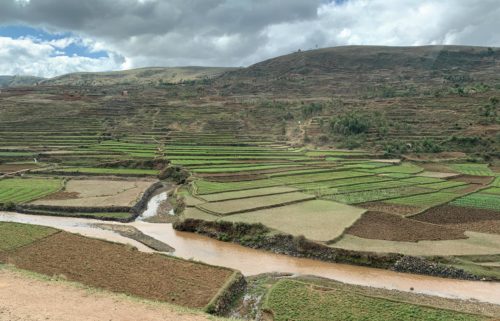
…and eroded chunks of land (bottom left hand corner in photo below)
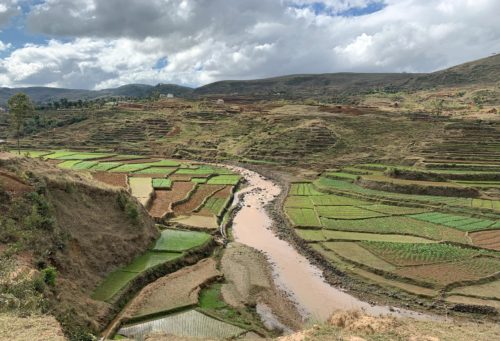
Without trees, the lemurs, chameleons, tree frogs, orchids and other forest-dwellers lose their homes. Since Madagascar is an island, these creatures have nowhere to escape. The missing escape route is why they became endemic in the first place.
My heart cries when I see the rampant deforestation that will wipe out the endemic species in the not too distant future.

